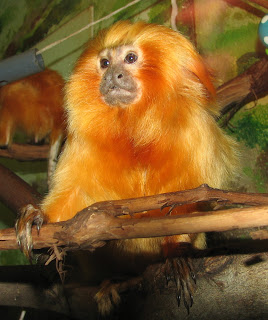True Wild Life | Markhor | The markhor is an endangered species of wild goat that is natively found in the mountainous regions of western and central and Asia. The markhor is thought to have been named using the Persian word for snake, either because of the large coiled horns of the markhor or due to it's ability to kill snakes in the wild, although the exact reason is unknown. The markhor is found in northeastern Afghanistan, Gilgit-Baltistan, Hunza-Nagar Valley, northern and central Pakistan and the disputed territory of Kashmir, southern Tajikistan and southern Uzbekistan. The markhor is most commonly found inhabiting the high-altitude monsoon forests that litter these areas.
The markhor is a very distinctive species of wild goat, easily identified by it's long, white winter hair and the enormous spiralled horns that can grow to more than 1.5 meters in length on the males. The horns of the females are, although still large for goats, generally less than 50cm in length. Markhor are well adapted to mountainous terrain, and can be found between 600-3,600 meters in elevation. They typically inhabit scrub forests made up primarily of oaks , pines, and junipers where there is plenty for the markhor to eat. Markhor are also diurnal animals, meaning that they are mainly active in the early morning and late afternoon.
The markhor is a herbivorous animal that primarily grazes on a variety of vegetation including grasses, leaves, herbs, fruits and flowers. Like other wild goats, the markhor play a valuable role within their eco-system as they munch the leaves from the low-lying trees and scrub, spreading the seeds in their dung. Despite living almost on a cliff-edge, there are actually a number of animals that prey on these incredibly majestic creatures. Packs of wolves and wild cats such as lynxes snow leopards are the main predators of the markhor, along with humans who have deforested much of their natural habitat.
The markhor breeds in the winter when, after a gestation period that lasts for up to 170 days, usually one and occasionally two markhor babies (known as kids) are born. The markhor kids remain safe and looked after by their mother until they are able to eat solid food and become more and more independent. Today, despite being the national animal of Pakistan, the markhor is considered to be an endangered species with less than 2,500 individuals thought to be left in a few remote areas of the Asian mountains. The decline in markhor population numbers in mainly due to deforestation resulting in the loss of their native habitats.



















































.jpg)



